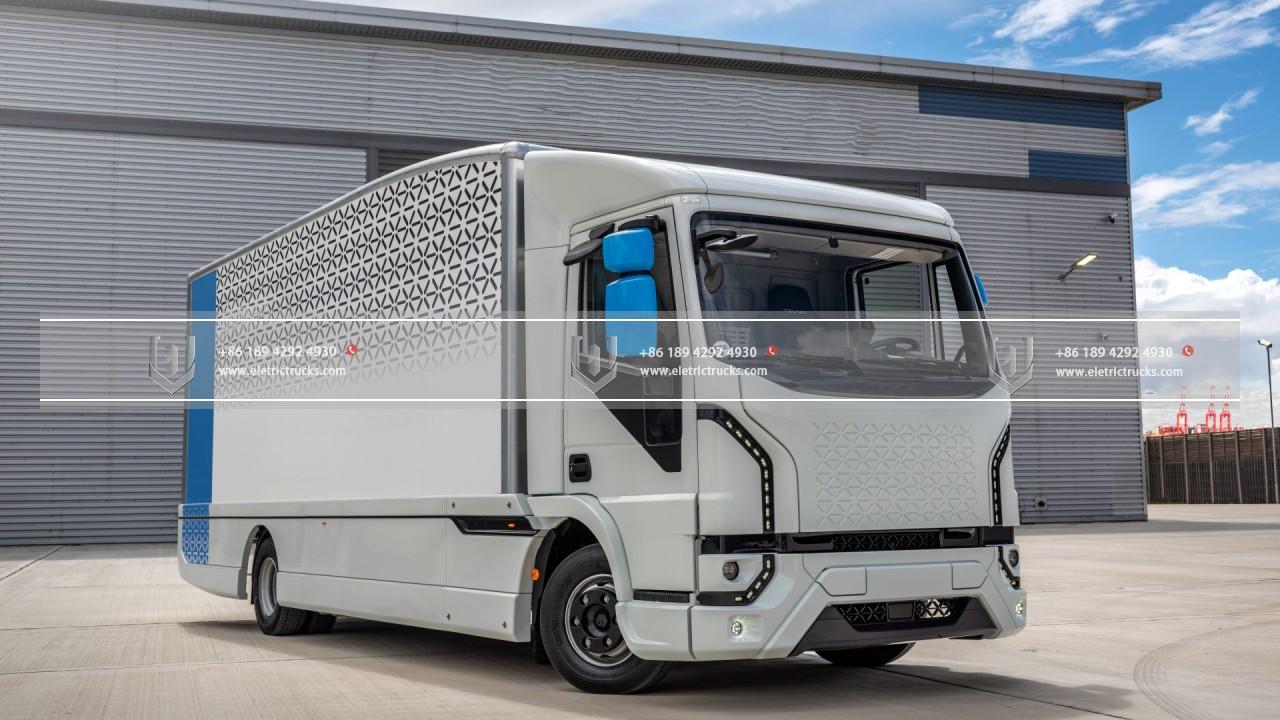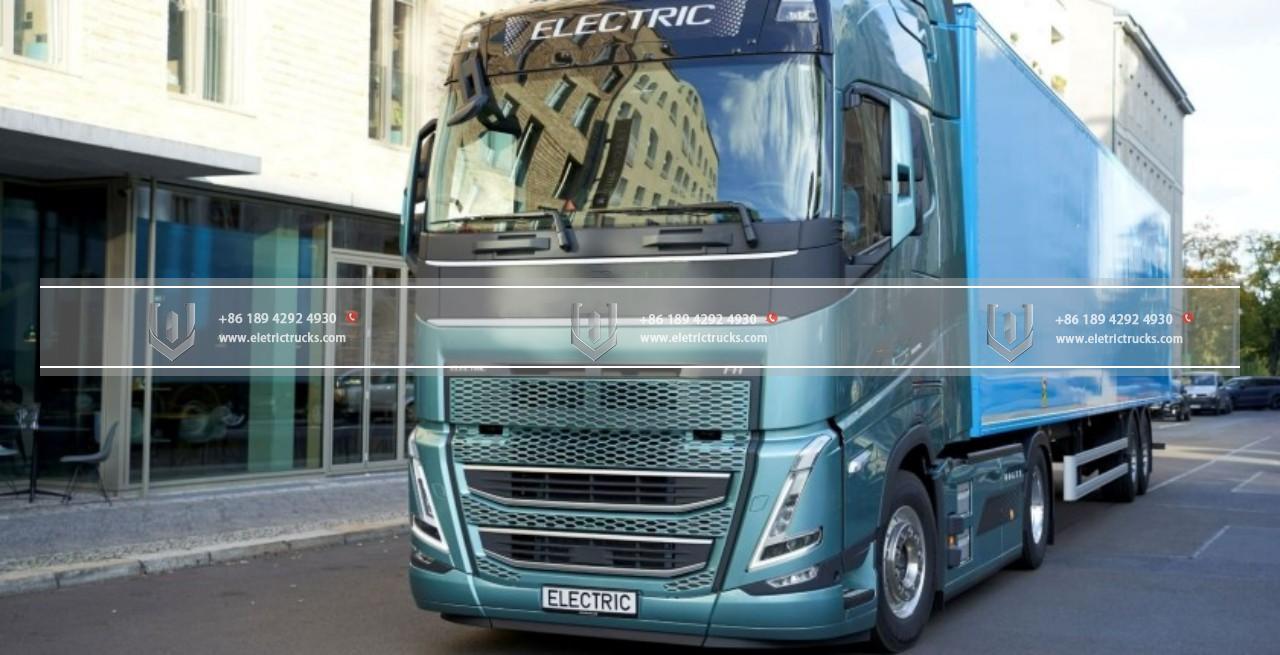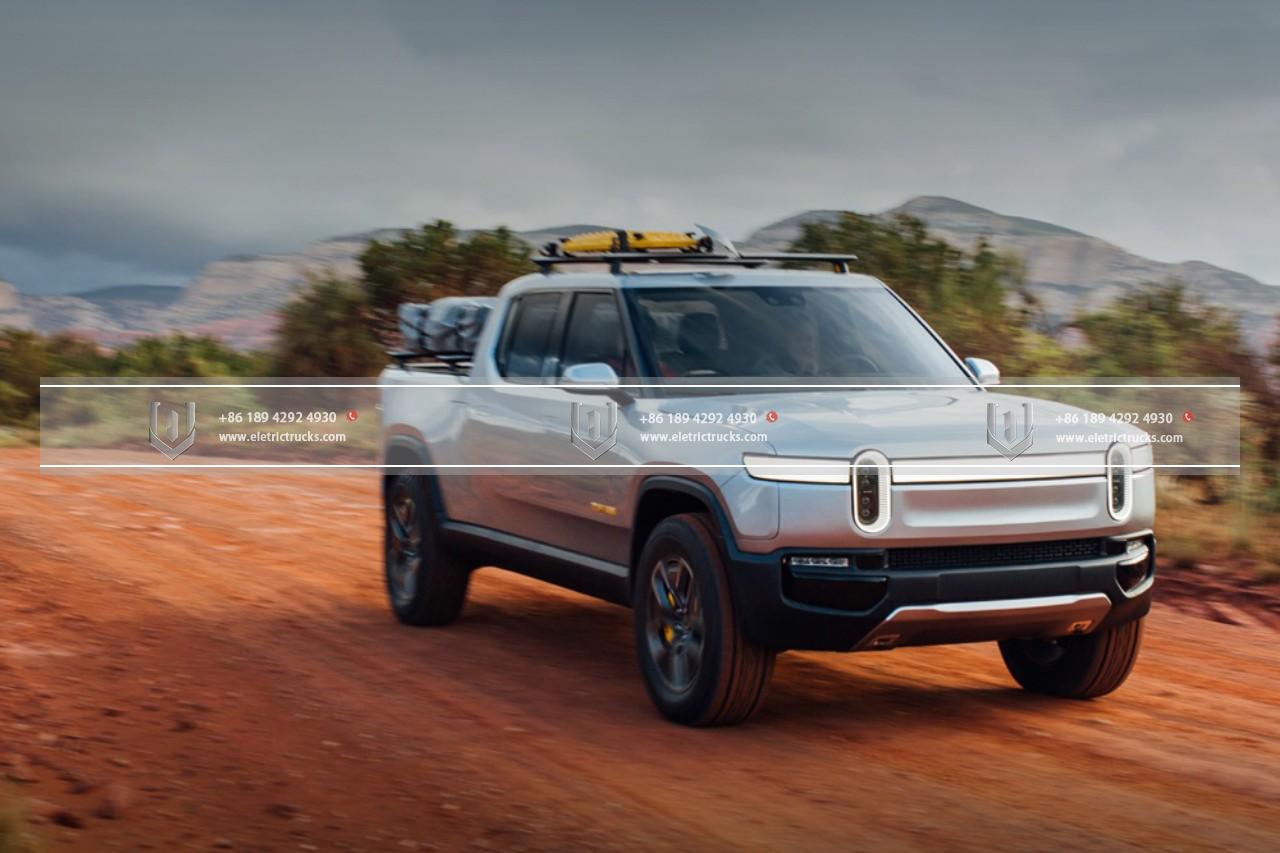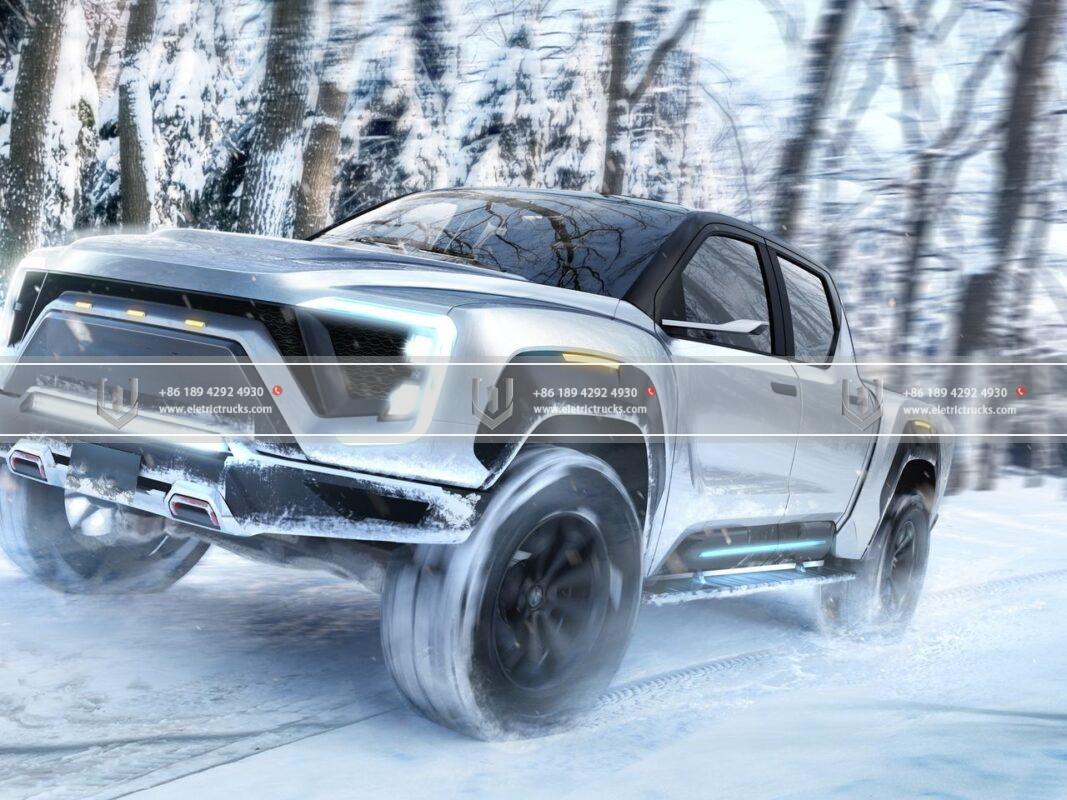電気トラックの知識
From Zero to Hero: Unleashing the Potential of Electric Trucks
In recent years, the world has witnessed a remarkable shift toward sustainable transportation. With the rising concerns about climate change and the need to reduce greenhouse gas emissions, industries are actively seeking cleaner alternatives to traditional fossil fuel-powered vehicles. One such revolution is happening in the trucking industry, where 電気トラックs are rapidly gaining traction. 電気トラックs once considered a distant dream, are now becoming a reality, offering a range of benefits that can transform the transportation landscape. In this article, we will explore the potential of 電気トラックs and how they are paving the way for a greener, more efficient future.
The transportation sector is responsible for a significant portion of global carbon emissions, primarily due to the widespread use of diesel trucks. 電気トラックs offer a viable solution to combat this issue. By replacing diesel-powered engines with electric motors, these trucks have the potential to drastically reduce carbon emissions and contribute to cleaner air quality. With zero tailpipe emissions, 電気トラックs can make a significant impact on reducing greenhouse gas emissions, thereby combating climate change and promoting sustainable development.
One of the key advantages of 電気トラックs is their energy efficiency. Traditional internal combustion engines are notorious for their low efficiency, with a significant portion of the fuel energy wasted as heat. 電気トラックs, 一方で, have higher efficiency levels due to the direct conversion of electrical energy to mechanical power. This increased efficiency translates to lower energy consumption and reduced operating costs, making 電気トラックs an economically attractive option for fleet operators.

Moreover, the development of advanced battery technologies has overcome one of the major hurdles in the adoption of 電気トラックs – range anxiety. With the introduction of high-capacity batteries, 電気トラックs can now travel longer distances on a single charge. This improvement in range, combined with the growing charging infrastructure, has significantly expanded the operational capabilities of 電気トラックs. Fleets can now plan their routes more effectively, taking advantage of charging stations along the way and reducing downtime for recharging. This increased range and improved charging infrastructure are vital steps toward making 電気トラックs a practical and reliable alternative to traditional trucks.
In addition to their environmental and economic benefits, 電気トラックs offer a superior driving experience. Electric motors provide instant torque, delivering smooth and rapid acceleration. This feature is particularly advantageous for heavy-duty trucks, allowing them to navigate challenging terrains with ease. The quiet operation of 電気トラックs also reduces noise pollution, contributing to more pleasant living and working environments for both drivers and nearby communities.
The transition to 電気トラックs is not limited to the environmental and economic advantages alone. Governments and regulatory bodies worldwide are also actively supporting the shift towards cleaner transportation. Incentives such as tax credits, subsidies, and grants are being introduced to encourage the adoption of 電気トラックs. Additionally, stricter emissions regulations and mandates are pressuring industries to explore cleaner alternatives. These measures create a favorable environment for 電気トラック manufacturers, stimulating innovation and investment in research and development.

The potential of 電気トラックs extends beyond the environmental and economic spheres. The emergence of autonomous driving technology further enhances the value proposition of 電気トラックs. Electric vehicles are better suited for autonomous systems due to their inherent compatibility with electronic control systems. By combining electric and autonomous technologies, the trucking industry can improve efficiency, reduce costs, and enhance safety. Autonomous electric trucks have the potential to revolutionize logistics, with increased efficiency and reduced reliance on human drivers. This synergy presents exciting opportunities for various industries, including e-commerce, delivery services, and long-haul transportation.
However, challenges remain on the path to widespread electric truck adoption. The initial cost of 電気トラックs is currently higher than their diesel counterparts due to the high cost of batteries and limited economies of scale. However, as technology advances and production volumes increase, the cost of 電気トラックs is expected to decrease, making them more accessible to a broader range of fleet operators. さらに, the expansion of charging infrastructure is crucial to support the growing fleet of 電気トラックs. Governments and private companies must work together to invest in charging stations, both along highways and in urban areas, ensuring convenient and widespread access to charging facilities.
として electric truck technology continues to evolve, there are exciting developments on the horizon. One area of focus is the improvement of battery technology. Research and development efforts are underway to enhance battery energy density, charging speed, and lifespan. Breakthroughs in solid-state batteries, which offer higher energy density and improved safety compared to traditional lithium-ion batteries, could revolutionize the 電気トラック industry. These advancements would further increase the range and efficiency of 電気トラックs, making them even more competitive with their diesel counterparts.

Another avenue of exploration is the use of renewable energy sources for charging 電気トラックs. Solar panels and wind turbines can be utilized to generate clean electricity, which can then be used to power the growing fleet of electric trucks. By harnessing renewable energy, the environmental impact of 電気トラックs can be further reduced, creating a truly sustainable transportation system.
Collaboration between truck manufacturers, energy companies, and infrastructure providers is vital for the successful adoption of 電気トラックs. Strategic partnerships can help streamline the development and deployment of charging infrastructure, ensuring that 電気トラックs have sufficient access to charging stations across various regions. さらに, cooperation between manufacturers and energy companies can lead to innovative solutions such as vehicle-to-grid technology, where 電気トラックs can serve as mobile energy storage units, contributing to grid stability and resilience.
The benefits of 電気トラックs extend beyond reducing greenhouse gas emissions. Improved air quality, particularly in densely populated areas and urban centers, can have significant health benefits. Diesel exhaust emissions are known to contribute to air pollution, which can cause respiratory problems and other health issues. By transitioning to 電気トラックs, cities can enjoy cleaner air, resulting in improved public health and a better quality of life for residents.

The positive impact of 電気トラックs goes beyond environmental and health benefits. The adoption of 電気トラックs creates new job opportunities in manufacturing, battery production, and charging infrastructure installation and maintenance. As the demand for 電気トラックs increases, so does the need for skilled workers in various sectors. This transition can stimulate economic growth and support the development of a green economy.
さらに, the electrification of trucking can contribute to energy independence. With the integration of renewable energy sources, countries can reduce their reliance on imported fossil fuels, enhancing energy security and reducing vulnerability to price fluctuations and geopolitical tensions.
The potential of 電気トラックs is not limited to the transportation sector alone. Industries such as logistics, shipping, and construction can also benefit from the adoption of 電気トラックs. 電気トラックs offer operational advantages such as reduced maintenance costs, longer vehicle lifespan, and lower fuel expenses. These benefits, coupled with the environmental advantages, make 電気トラックs an attractive option for businesses aiming to reduce their carbon footprint and improve their bottom line.

結論は, the rise of 電気トラックs is transforming the transportation industry, providing a pathway to a more sustainable and efficient future. With ongoing advancements in technology, declining costs, and increasing support from governments and regulatory bodies, the potential of 電気トラックs is being unleashed. From zero-emission operations and energy efficiency to improved air quality and economic benefits, 電気トラックs are proving to be the heroes in the quest for a greener world. The time is ripe for stakeholders across industries to embrace 電気トラックs, work together, and make the transition to a cleaner and more sustainable transportation system. By doing so, we can unlock the full potential of 電気トラックs and pave the way toward a brighter and more sustainable future.
